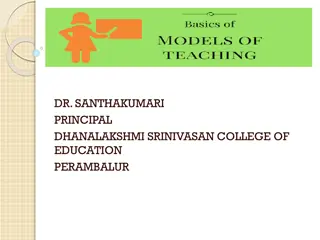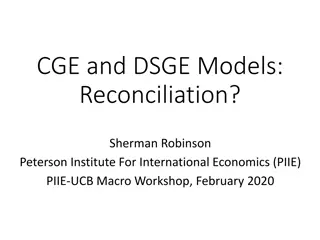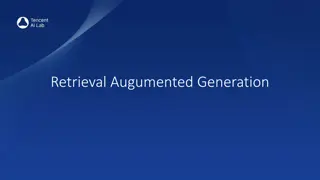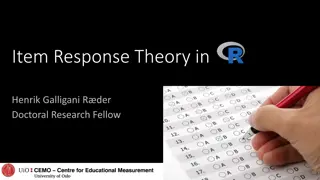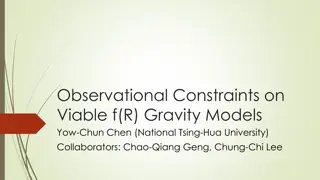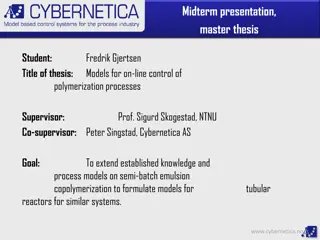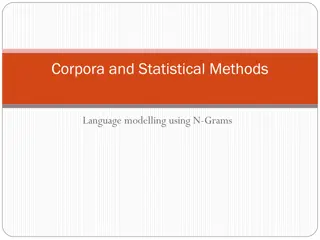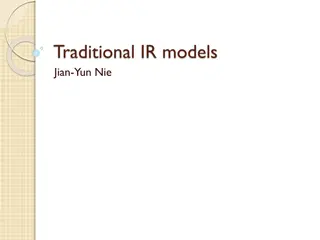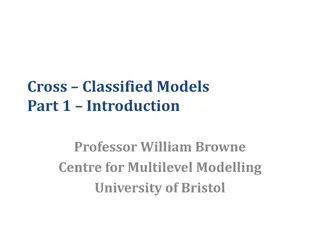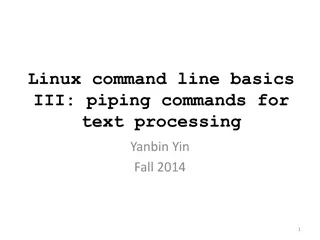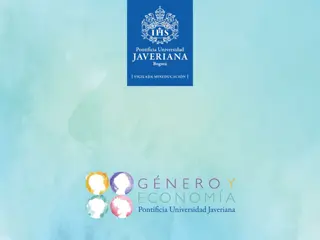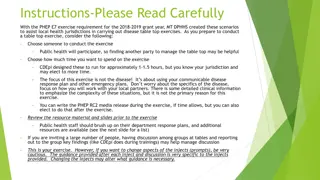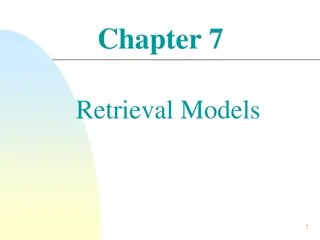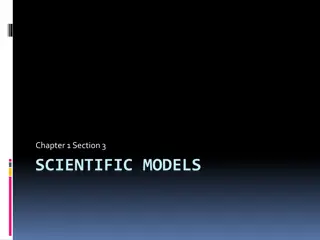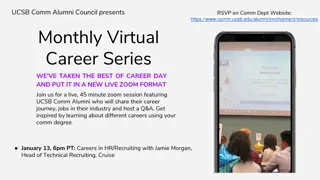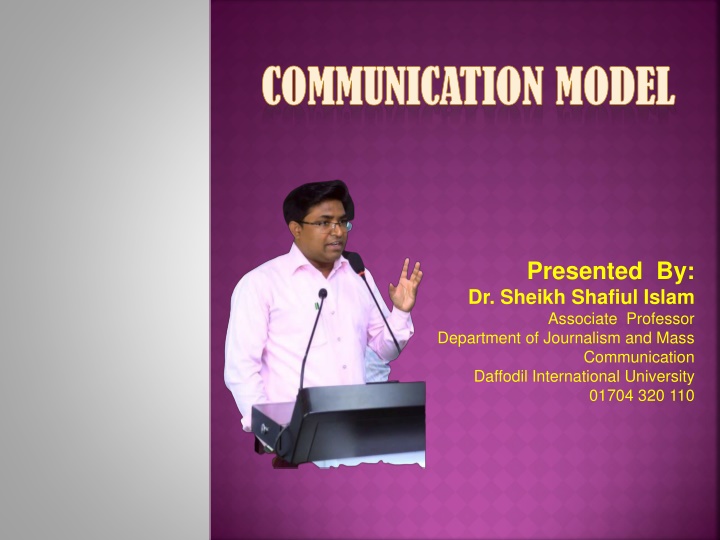
Communication Models and Theories Overview
Explore various communication models including Linear, Interactional, Transactional, Aristotle's, Shannon and Weaver's, Berlo's, and Harold D. Lasswell's Verbal Model. Understand the key concepts, components, and impact of each model on the communication process.
Download Presentation

Please find below an Image/Link to download the presentation.
The content on the website is provided AS IS for your information and personal use only. It may not be sold, licensed, or shared on other websites without obtaining consent from the author. If you encounter any issues during the download, it is possible that the publisher has removed the file from their server.
You are allowed to download the files provided on this website for personal or commercial use, subject to the condition that they are used lawfully. All files are the property of their respective owners.
The content on the website is provided AS IS for your information and personal use only. It may not be sold, licensed, or shared on other websites without obtaining consent from the author.
E N D
Presentation Transcript
COMMUNICATION MODEL COMMUNICATION MODEL Presented By: Dr. Sheikh Shafiul Islam Associate Professor Department of Journalism and Mass Communication Daffodil International University 01704 320 110
Presented By: Dr. Sheikh Shafiul Islam Associate Professor Department of Journalism and Mass Communication Daffodil International University 01704 320 110
COMMUNICATION MODELS Three types of communication models: Linear Interactional, and Transactional West each model sheds light on the development of communication, but emphasizes different parts of the communication process. & Turner (2007) explain,
ARISTOTLES MODEL The Greek philosopher Aristotle was the first to take an initiative and design the communication model. He viewed communication from the rhetorical perspective i.e. speaking to the masses to influence them and thus persuade them. Aristotle provides a model with three elements: Speaker Speech Audience According to Aristotle, the basic function of communication is to persuade the audience. Many scholars recognized the model as the first initiative of thinking of a communication model . Speaker Speech Audeince
SHANNON AND WEAVERS MODEL OF COMMUNICATION The first formal model of communication was contributed in 1949 by Claude Elwood Shannon and Warren Weaver. In 1948, Shannon was an American mathematician, Electronic engineer and Weaver was an American scientist. They joined together to write an article in Bell System Technical Journal called A Mathematical Theory of Communication and also called as Shannon-Weaver communication . model of Source Transmitter Channel Receiver Destination
BERLOS MODEL In 1960, David K. Berlo expanded Shannon and Weaver s linear model of communication. He proposed a revised model popularly known as Source-Message-Channel-Receiver Model of communication. (SMCR)
HAROLD D. LASSWELLS VERBAL MODEL OF COMMUNICATION Harold D. Lasswell, a professor of Yale University, was an American Political Scientist and Communication Theorist In his 1948 article, The Structure and Function of Communication in Society, Lasswell wrote that "a convenient way to describe an act of communication is to answer the following questions: Who Says What In Which Channel To Whom With What Effect?"
INTERACTIVE MODELS Osgood-Schramm Model, 1954
Thank for Your Patient Participation




